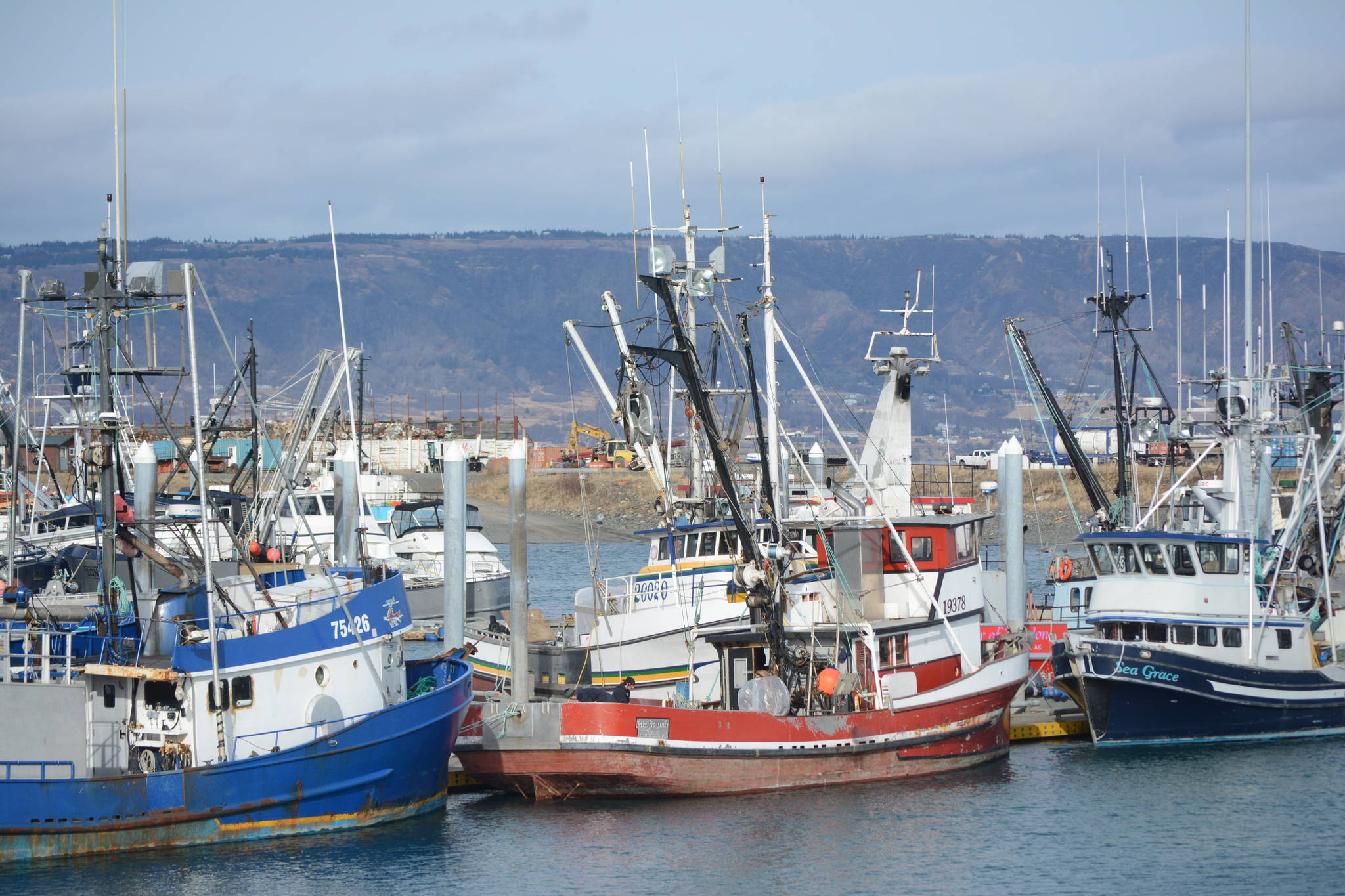While many in Alaska are lamenting the “graying of the fleet,” where the median age of commercial fishermen in the state is around 50 years old, some young people are stepping up and not only defending their industry but also raising awareness of the environmental concerns threatening it, and encourage more young people to join it.
Hannah Heimbuch, a third-generation young fisherman based in Homer who is currently a senior consultant for Ocean Strategies, an organization founded by Brett Veerhusen, recently wrote an op-ed for the National Fisherman that urges commercial and sport fishing interests to come together in support of healthy ecosystems and increasing run sizes to the benefit of all user groups.
“Neighbor to neighbor, I would say most of us understand the value of a diversified working waterfront,” she wrote. “That the public needs myriad ways to gain value from this incredible resource — through food, economy, culture and recreation. Our state constitution reflects that, and we’ve worked hard to protect it. But the top tier power struggle for access easily leaves that value behind, a trend exacerbated in recent history and mirrored up the food chain. From local fishery to national stage, in varying degrees across the country, fishermen are willing to fight their opposing sector into oblivion, convinced of a certain righteousness.
“If there’s anything I hope my generation is able to improve on and off the water, it’s that.”
While there is a growing realization that the financial burden of entering a fishery is something young fishermen are going to need help with, Heimbuch said recently that there are other hurdles that face the new generation.
Job stability is one of them, wondering if access to the resources is going to be taken away.
“Something I’ve talked about to more and more people my age is that our parents, few of them encouraged us to go be fishermen,” she said. “Most of them told us that there was not a future in it, and a lot of them had kind of lost hope, whether that was regulations or climate change or in-fighting between user groups, whether it was real or perceived instability, it was a huge barrier.”
The eternal “fish wars” in Cook Inlet are an example.
“I thought a lot about it, it seems like something that, whether I’m working on Cook Inlet stuff or national policy, it keeps coming down to this bitter old argument,” Heimbuch said. “I may be biased, but I don’t feel like it originated on the (commercial fishing) side, but we might need to be the ones that heal it at the same time.”
Changing public perception of the industry is a priority to help more young people feel confident in the decision to make it a career, she said.
“I feel like the commercial fishing narrative has been totally taken over by other groups that don’t really understand what we do or what our families or our businesses or fisheries are like, and there’s this evil story painted that’s not at all based in reality but for some reason there’s not some organized commercial effort to counter that narrative with the same unified and positive resistance,” she said. “We all tell our stories in the best way we know how, but somehow that’s not getting across to the decision-making public as well as it needs to.”
Heimbuch also said that helping people understand that commercial fishermen are their friends and neighbors contributing to the communities they live and fish in is important, such as the Upper Cook Inlet setnet fishery being made up of 85 percent Alaska residents.
“I think that’s totally lost on people,” she said. “I’m always so surprised, you take one step out of our commercial fishing world, even in our own communities, and people don’t understand the local connection to those fisheries, and how tied in it is to local food security, and the well-being of their friends and neighbors, it’s a totally missed opportunity, I think.”
Heimbuch said that changing the narrative that commercial fishermen are “taking their fish” is important.
“That whole story about how personal use harvest is like the ‘everyman’s way’ of getting fish is not really accurate,” she said. “One hundred percent of the people I sell direct to are local people who want access to local fish, and most of them are either older, or have little kids, or something so they can’t go get their own. They don’t have all the equipment to go do that. It’s just kind of weird that there’s this narrative going around that that’s how everyone can and wants to get their fish, because that’s just not true.”
The recent proposal put before the Board of Fisheries to make personal use a management priority is a good example, she said.
“Prop 171 I thought was the totally missed part of the story of commercial fisheries here, that for tons of local people, (buying fish) is their only access to the resource,” she said. “Eighty-something-year-olds that I go and bring fish to at a reasonable price, are really grateful that they have the option to buy it from local fishermen. How is that less important than people that have the time, energy and funds to go dipnetting?”
Heimbuch’s full opinion piece can be found at https://www.nationalfisherman.com/viewpoints/alaska/youngbloods-fight-for-the-fish/.
Cristy Fry can be reached at realist468@gmail.com



